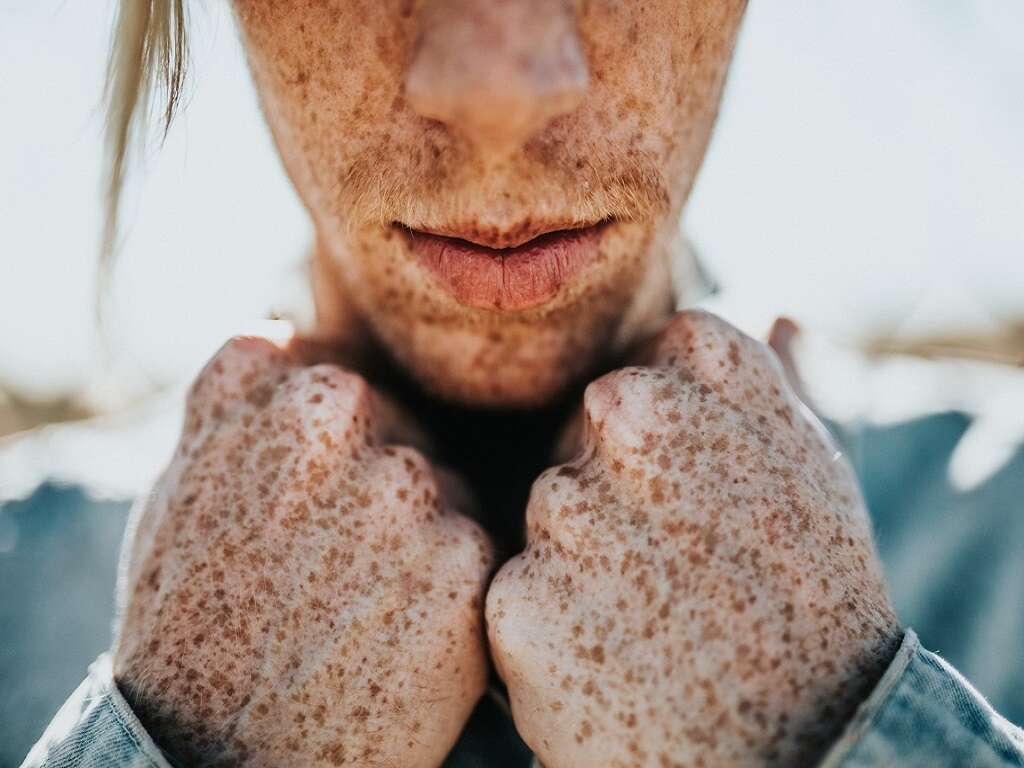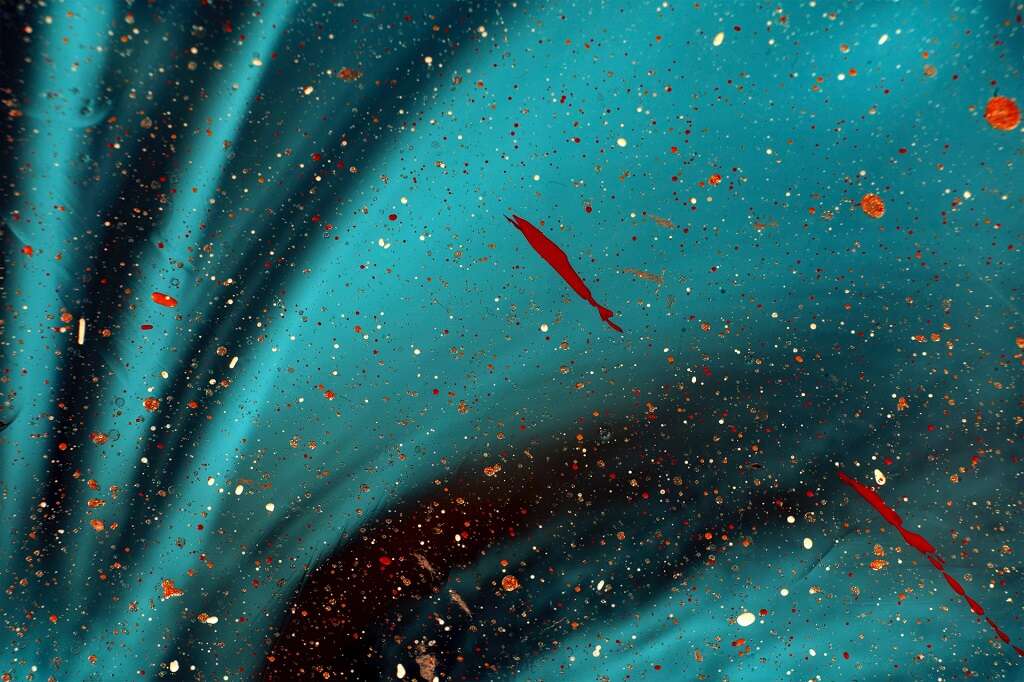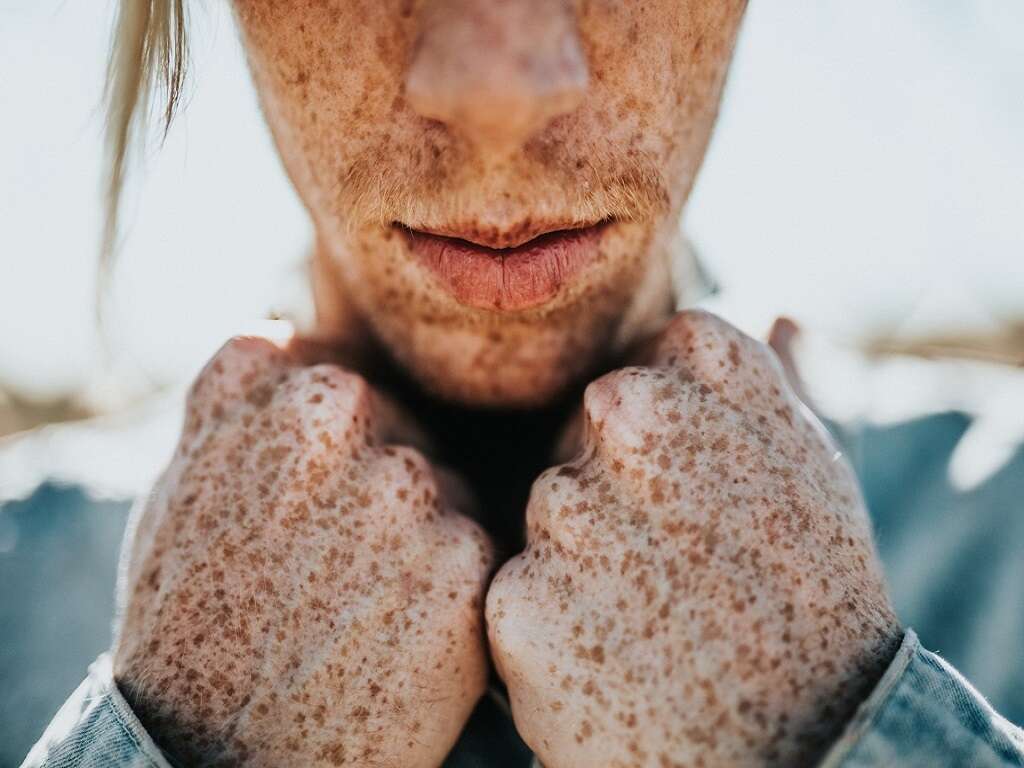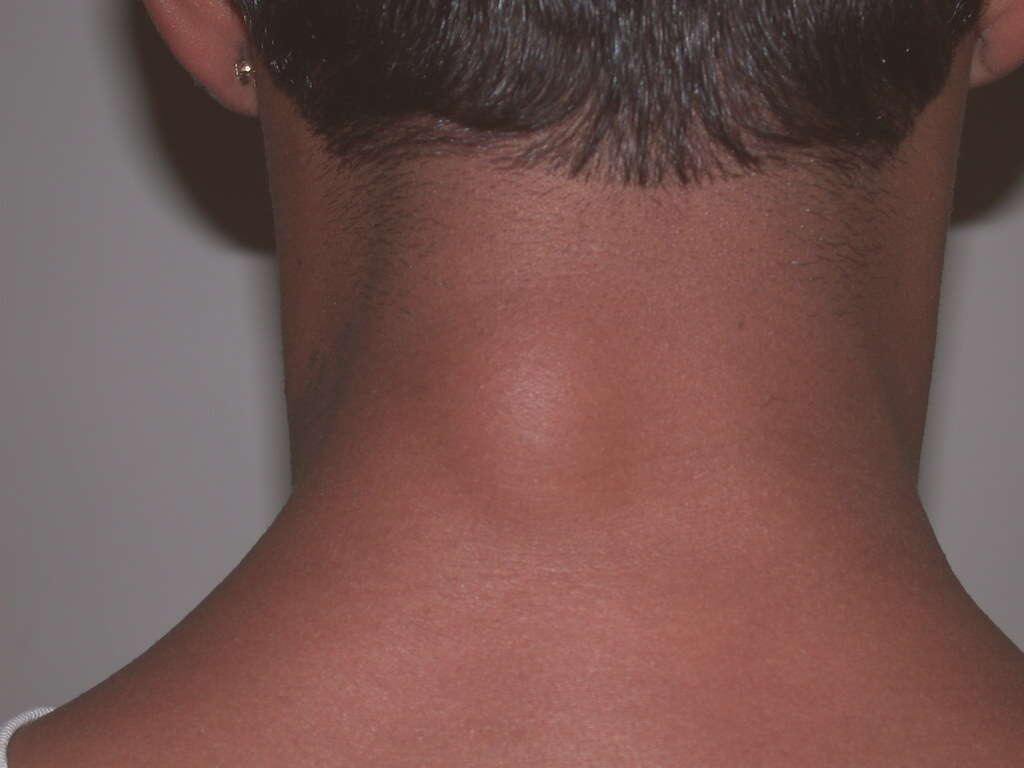Macules Causes, Treatments and More
 Article Sources
Article Sources
- 1. Julia Benedetti, et al. 'Description of Skin Lesions - Dermatologic Disorders.' Merck Manuals Professional Edition, Merck Manuals, www.merckmanuals.com/professional/dermatologic-disorders/approach-to-the-dermatologic-patient/description-of-skin-lesions
- 2. Plensdorf, Scott, et al. 'Pigmentation Disorders: Diagnosis and Management.' American Family Physician, 15 Dec. 2017, www.aafp.org/afp/2017/1215/p797.html
- 3. Madireddy, Sowmya. 'Hypopigmented Macules.' StatPearls /[Internet/]., U.S. National Library of Medicine, 9 Oct. 2020, www.ncbi.nlm.nih.gov/books/NBK563245/
- 4. Stulberg, Daniel L., et al. 'Common Hyperpigmentation Disorders in Adults: Part I. Diagnostic Approach, Cafe Au Lait Macules, Diffuse Hyperpigmentation, Sun Exposure, and Phototoxic Reactions.' American Family Physician, 15 Nov. 2003, www.aafp.org/afp/2003/1115/p1955.html
- 5. Toledo Peral, Cinthya Lourdes, et al. 'An Application for Skin Macules Characterization Based on a 3-Stage Image-Processing Algorithm for Patients with Diabetes.' Journal of Healthcare Engineering, Hindawi, 16 Dec. 2018, www.hindawi.com/journals/jhe/2018/9397105/
- 6. 'Achromic Naevus.' Achromic Naevus | DermNet NZ, www.dermnetnz.org/topics/achromic-naevus/
- 7. Jha, Suman K. 'Cafe Au Lait Macules.' StatPearls /[Internet/]., U.S. National Library of Medicine, 16 Nov. 2020, www.ncbi.nlm.nih.gov/books/NBK557492/
Macules are flat, non-palpable skin lesions that may be noticeable due to a change in skin color. Non palpable means the lesion can't be felt because it's level with the surrounding skin instead of being raised or depressed. Most macules are less than 10 millimeters in diameter.1Julia Benedetti, et al. ‘Description of Skin Lesions - Dermatologic Disorders.’ Merck Manuals Professional Edition, Merck Manuals, www.merckmanuals.com/professional/dermatologic-disorders/approach-to-the-dermatologic-patient/description-of-skin-lesions
Erythematosus, or vascular macules, are related to blood vessel dilation or formation. They typically form as a reaction to something else, such as medication, injury or vascular disease. Pigmentosa macules are associated with altered melanin production. They may be categorized as hyperpigmented, hypopigmented or achromatic.5Toledo Peral, Cinthya Lourdes, et al. ‘An Application for Skin Macules Characterization Based on a 3-Stage Image-Processing Algorithm for Patients with Diabetes.’ Journal of Healthcare Engineering, Hindawi, 16 Dec. 2018, www.hindawi.com/journals/jhe/2018/9397105/

Hyperpigmented Macules
Post-inflammatory hyperpigmentation commonly occurs as a result of injury or inflammation. Skin conditions that may cause hyperpigmented macules include acne, psoriasis, rosacea and atopic or contact dermatitis. Lesions may resolve on their own, but they may be present for months or years.
Melasma macules occur in areas exposed to sunlight, especially on the face and arms. Women are nine times more likely to develop melasma macules than men, and the lesions are commonly associated with pregnancy and oral contraceptives. Macules may also occur as a side effect of anticonvulsant medications, and melasma may occur without an identified cause.4Stulberg, Daniel L., et al. ‘Common Hyperpigmentation Disorders in Adults: Part I. Diagnostic Approach, Cafe Au Lait Macules, Diffuse Hyperpigmentation, Sun Exposure, and Phototoxic Reactions.’ American Family Physician, 15 Nov. 2003, www.aafp.org/afp/2003/1115/p1955.html

Hypopigmented Macules
Hypopigmented macules are lighter colored than surrounding skin. The condition is sometimes called hypomelanosis because it's caused by decreased melanin production. Most hypopigmented macules are benign, although they may occur with a systemic disease in some cases.
Vitiligo is a skin condition associated with hypopigmented macules. The condition occurs when melanocytes in the skin die or stop producing pigment. Macules may affect any area of the body, including the hair and inside the mouth, and discolored patches may multiply or grow larger over time.3Madireddy, Sowmya. ‘Hypopigmented Macules.’ StatPearls /[Internet/]., U.S. National Library of Medicine, 9 Oct. 2020, www.ncbi.nlm.nih.gov/books/NBK563245/

Achromatic Nevus
Achromic nevus is a birthmark with a sharply defined pale patch. These birthmarks may be several centimeters in diameter and have irregular borders in various shapes. They're commonly surrounded by smaller hypopigmented macules that resemble paint splashes.
An achromatic nevus is present at birth, but the lesions may not be noticed until early or mid-childhood, especially in children with pale skin. The marks occur predominantly on the trunk, but they may also appear on the arms and legs.6‘Achromic Naevus.’ Achromic Naevus | DermNet NZ, www.dermnetnz.org/topics/achromic-naevus/

Cafe-au-lait Macules
Cafe-au-lait macules, or CALMs, are light-to-dark brown pigmented lesions that may range in size from a few millimeters to several centimeters. They may be present at birth or appear in early childhood, and their size and shape may change over time.
Two main types of CALMs exist. The first type has regular and clearly defined borders. They may occur singly or appear as multiple spots in the same area. A second type of CALM appears as a large, single spot with irregular borders.7Jha, Suman K. ‘Cafe Au Lait Macules.’ StatPearls /[Internet/]., U.S. National Library of Medicine, 16 Nov. 2020, www.ncbi.nlm.nih.gov/books/NBK557492/

Systemic Disorders
CALMs are sometimes associated with genetic disorders. They occur in 95 percent of people affected by neurofibromatosis. Other potential genetic disorders include Silver-Russell syndrome, McCune-Albright syndrome, ring chromosome syndrome, tuberous sclerosis, Bloom syndrome and a group of genetic disorders called constitutional mismatch repair deficiencies.
Macules that may indicate a genetic disorder usually appear as multiple spots. A CALM with diffuse coloration may develop with other systemic disorders, such as Addison's disease or hypothyroidism.7Jha, Suman K. ‘Cafe Au Lait Macules.’ StatPearls /[Internet/]., U.S. National Library of Medicine, 16 Nov. 2020, www.ncbi.nlm.nih.gov/books/NBK557492/

Freckles and Liver Spots
Solar lentigines, also known as liver spots, are small light yellow to dark brown macules. They commonly occur on the face, hands, arms, back, chest and shins as a result of UV exposure.
Ephelides, or freckles, are small, uniformly colored macules about one to two millimeters in diameter. They're commonly seen on the face, chest, neck, arms and shoulders. Freckles may be red, tan or light brown and occur in numbers ranging from just a handful to several hundred.4Stulberg, Daniel L., et al. ‘Common Hyperpigmentation Disorders in Adults: Part I. Diagnostic Approach, Cafe Au Lait Macules, Diffuse Hyperpigmentation, Sun Exposure, and Phototoxic Reactions.’ American Family Physician, 15 Nov. 2003, www.aafp.org/afp/2003/1115/p1955.html

Diabetic Dermopathy
Diabetic dermopathy macules, sometimes called diabetic shin spots, occur in almost 50 percent of diabetes cases. Shin spots may appear as an early symptom, but they usually develop as a late complication associated with vascular disease.
Vascular macules are caused by micro- or macrovascular problems underneath the affected skin. They're usually round with a reddish or brown color and less than one centimeter in diameter. Petechiae are very small vascular macules about the size of a pinhead.5Toledo Peral, Cinthya Lourdes, et al. ‘An Application for Skin Macules Characterization Based on a 3-Stage Image-Processing Algorithm for Patients with Diabetes.’ Journal of Healthcare Engineering, Hindawi, 16 Dec. 2018, www.hindawi.com/journals/jhe/2018/9397105/

Managing Hyperpigmentation
Benign macules typically don't cause health problems, but they may be removed for cosmetic reasons. Ablative therapies may include chemical peels, cryotherapy and laser therapy. Hyperpigmented spots may be lightened by topical application of hydroquinone or retinoids.4Stulberg, Daniel L., et al. ‘Common Hyperpigmentation Disorders in Adults: Part I. Diagnostic Approach, Cafe Au Lait Macules, Diffuse Hyperpigmentation, Sun Exposure, and Phototoxic Reactions.’ American Family Physician, 15 Nov. 2003, www.aafp.org/afp/2003/1115/p1955.html
Cases of hyperpigmentation affecting more than 40 percent of the skin's surface area may be managed by topical application of monobenzone cream twice daily for six to 18 months. Monobenzone is typically only used in severe cases because it permanently destroys melanocytes in the skin.2Plensdorf, Scott, et al. ‘Pigmentation Disorders: Diagnosis and Management.’ American Family Physician, 15 Dec. 2017, www.aafp.org/afp/2017/1215/p797.html

Removal Options
Macules related to underlying conditions or medications may resolve after the health issue is addressed. Most macules are permanent, although some spots may fade over time. Laser therapy is a popular removal method. Unfortunately, laser therapy may cause inflammatory hyperpigmentation, scarring or hypopigmentation in certain cases.4Stulberg, Daniel L., et al. ‘Common Hyperpigmentation Disorders in Adults: Part I. Diagnostic Approach, Cafe Au Lait Macules, Diffuse Hyperpigmentation, Sun Exposure, and Phototoxic Reactions.’ American Family Physician, 15 Nov. 2003, www.aafp.org/afp/2003/1115/p1955.html
Surgical removal is an option for small numbers of macules. Cold liquid, such as liquid nitrogen, or specialized instruments are used to remove lesions through cryosurgery. Electrosurgery uses an electrical current to destroy affected skin tissue.2Plensdorf, Scott, et al. ‘Pigmentation Disorders: Diagnosis and Management.’ American Family Physician, 15 Dec. 2017, www.aafp.org/afp/2017/1215/p797.html

Managing Hypopigmentation
Sun protection is essential for managing hypopigmentation because the affected skin may be vulnerable to UV exposure. Cosmetic options to make macules less noticeable include topical dyes, concealers and self-tanning products. Therapies to relieve hypopigmented macules may include topical corticosteroids and calcineuron inhibitors.3Madireddy, Sowmya. ‘Hypopigmented Macules.’ StatPearls /[Internet/]., U.S. National Library of Medicine, 9 Oct. 2020, www.ncbi.nlm.nih.gov/books/NBK563245/
Widespread discoloration may respond to ultraviolet A or narrowband ultraviolet B phototherapy. Localized vitiligo macules may be addressed with surgery or punch grafting, which involves punching a small hole in the skin and covering it with a new skin plug.2Plensdorf, Scott, et al. ‘Pigmentation Disorders: Diagnosis and Management.’ American Family Physician, 15 Dec. 2017, www.aafp.org/afp/2017/1215/p797.html











